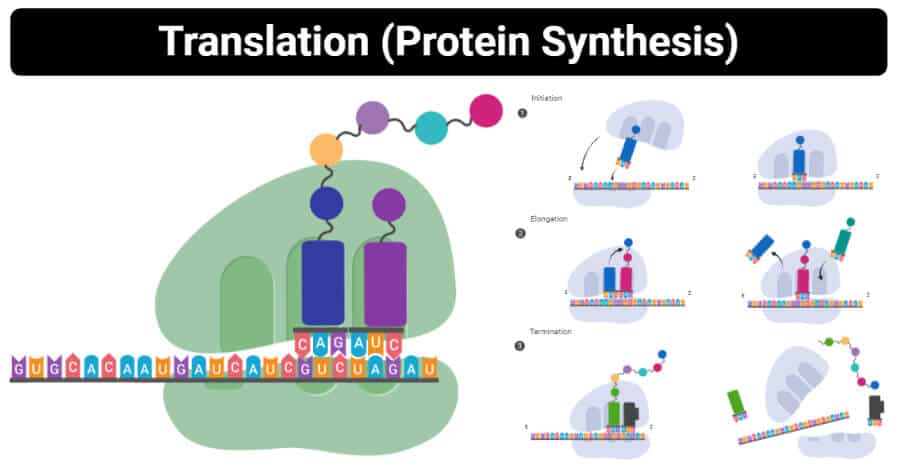Site of Protein Synthesis: When you picture protein, then you may be thinking of elite bodybuilders using their protein shakes, egg whites, and plain poultry. It is correct, all of these things contain protein. But when we actually come down to it, proteins are tiny molecules inside cells, and they are necessary for all construction and function within cells. Without them, our cells couldn’t do their jobs and we would die. Such as the furniture in the house, proteins wear out over time, so our cells are continuously making new proteins through the procedure for protein synthesis.
The genetic information saved in DNA is a living archive of information that cells use to accomplish the functions of life. Inside each cell, catalysts pursue out the proper education from this archive and use it to build new proteins that compose the arrangements of the mobile, run the biochemical reactions in the cell, and are sometimes built for export.
Although every one of the cells that make up a multicellular organism incorporates identical genetic information, functionally distinct cells within the organism use disparate sets of catalysts to express only specific servings of those instructions to perform the functions of existence.
This incredible art indicates a procedure that takes place in the cells of living things: the building of proteins. This practice is termed protein synthesis, also it really subsists of two procedures — translation and transcription. In eukaryotic cells, transcription receives a location at the nucleus. During transcription, DNA is functioned as a template to create a molecule of messenger RNA (mRNA).
The molecule of mRNA then stops the nucleus and goes to a ribosome in the cytoplasm, where translation materializes. Through translation, the genetic code in mRNA is analyzed and used to create a protein. Related – How Much Does a Gallon of Water Weigh?
What’s Protein?
When you eat meat, nuts, or milk commodities, your body receives high concentrations of protein out of these foods. Protein is a large molecule made from amino acid subunits organized in a chain-like fashion. Basically, this means that protein is like a chain and amino acids are like the institutions that form the chain.
Protein is just one of four macromolecules found in living organisms. Macromolecules are enormous molecules that serve a collection of functions inside living organisms. The other three kinds of macromolecules are carbohydrates, lipids (fats), and nucleic acids like DNA, and much enjoy this, protein plays with various purposes. But before we talk about those purposes, let us have a more solid look at the way this particular protein is designed, to start.

Processes of Protein Synthesis
Protein synthesis really consists of two processes — translation and transcription
It is the transfer of genetic instructions in DNA to mRNA. Through transcription, a string of mRNA is made to accompany a string of DNA.
In eukaryotes, the brand new mRNA isn’t yet accessible for translation. At this phase, it’s called pre-mRNA, and it must undergo more processing before it leaves the nucleus as develop mRNA. The processing may consist of splicing, editing, and polyadenylation. These processes change the mRNA in lots of ways. Such changes allow one gene to be used to build more than one protein.
Introns are regions that do not code for the protein. The remaining mRNA consists just of areas called exons that do code for the protein. The ribonucleoproteins from the diagram are small proteins in the nucleus that contain RNA and are needed for the splicing process.
Changing changes some of the nucleotides in mRNA. By way of example, a human protein called APOB, which helps transfer lipids in the bloodstream, has two distinct patterns because of editing. One form is smaller than another because editing provides an earlier quit signal in mRNA.
Polyadenylation adds a”tail” to the mRNA. The tail includes a series of As (adenine bases). It signals the end of mRNA. It is also engaged in exporting mRNA in the nucleus, and it secures mRNA from enzymes that might damage it down.
More For You: